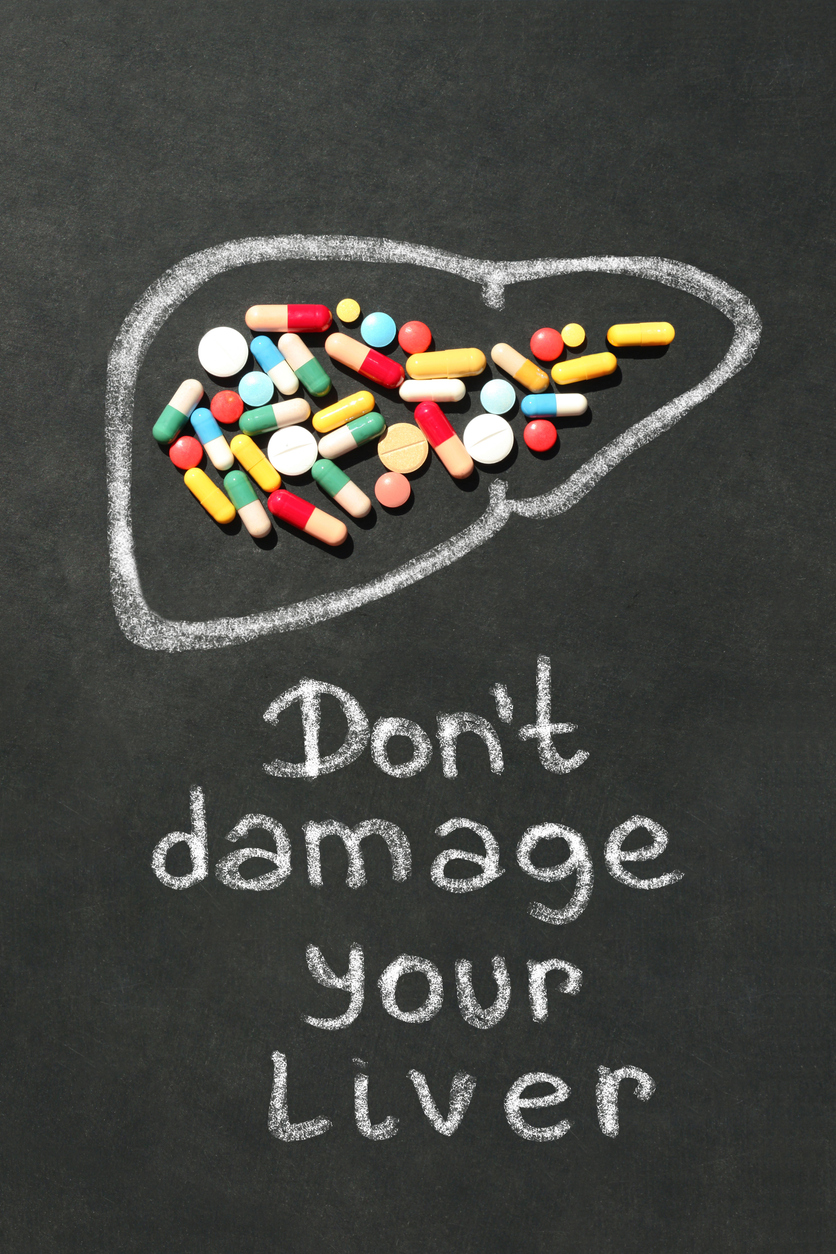Opioid Epidemic
What Is Narcotic Medication?

What does narcotic mean?
The word “narcotic” has two different connotations. It is often used regarding illegal or illicit drugs. For example, when a large quantity of opioid medication is found in the possession of someone without a prescription for the medication, police often seize the narcotics. Some opioid substances, such as heroin, are not prescription medications and are always illegal. Many police departments have narcotics units or narcotics officers for the purpose of preventing illegal drug use and distribution.
However, the original meaning of the word “narcotic” is medicinal. A narcotic medication is prescribed by a doctor to relieve moderate to severe acute or chronic pain. These medications are also called narcotic analgesics or opioids. They bind to opioid receptors in the brain and body, where they reduce pain. Some examples of legal prescription narcotic medications are fentanyl, methadone, morphine and oxycodone. These medications are legal when used by an individual as prescribed by their physician.
What are scheduled medications?
The Federal Comprehensive Drug Abuse Prevention and Control Act, or Controlled Substances Act (CSA), became federal U.S. law in 1970. It regulates the manufacture, distribution, importation, distribution and allocation of controlled substances. The U.S. Drug Enforcement Agency (DEA) enforces the CSA. The CSA classifies drugs into five schedules, or categories, based on the drug’s acceptable medical use, its potential for abuse or dependency and the rules regarding how the medication can be prescribed (if allowed).
- Schedule I drugs
Heroin, LSD and ecstasy are examples of Schedule I drugs. They are not accepted for medical use and have a high potential for abuse. These substances are illegal and are never prescribed by physicians. - Schedule II drugs
These drugs have acceptable medical uses but also carry a risk of dependency and high potential for abuse. Careful monitoring by a physician is required. Most narcotic medications are Schedule II, including hydrocodone, methadone, oxycodone and fentanyl. - Schedule III drugs
Codeine, ketamine, anabolic steroids and testosterone are examples of Schedule III drugs. These drugs have a moderate to low risk of dependency. - Schedule IV drugs
Tramadol, clonazepam and diazepam are examples of Schedule IV drugs. They have a lower risk of dependency and abuse than Schedule III drugs. - Schedule V drugs
Pregabalin and promethazine are examples of Schedule V drugs. They have the lowest potential for abuse and risk of dependency among the 5 categories.
Since most prescribed narcotic medications are Schedule II substances, prescriptions typically must be presented to a pharmacy in written form or transmitted by an approved computer system for prescribing controlled substances. The physician who writes the prescription must be a registered practitioner with the DEA. When narcotic prescriptions are filled, the labels must contain the warning, “CAUTION: Federal law prohibits the transfer of this drug to any person other than the patient for whom it was prescribed.”














